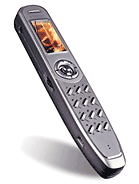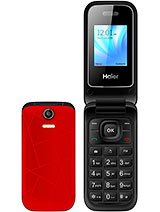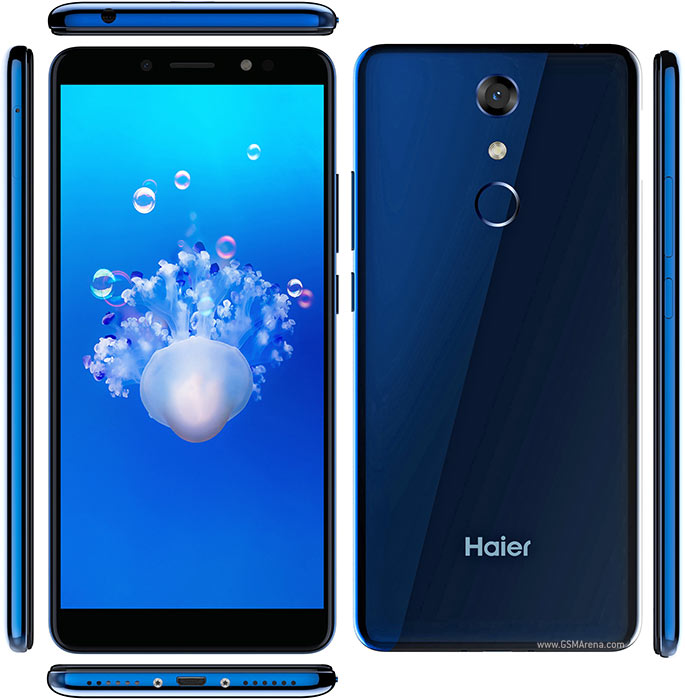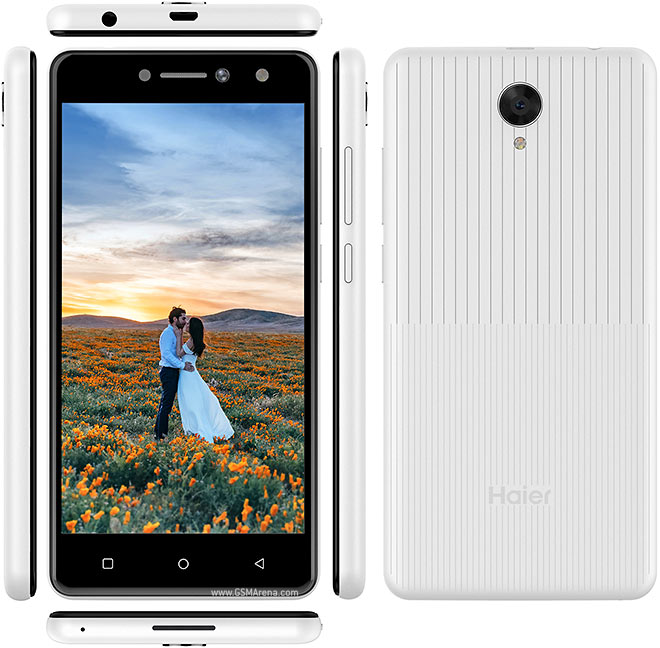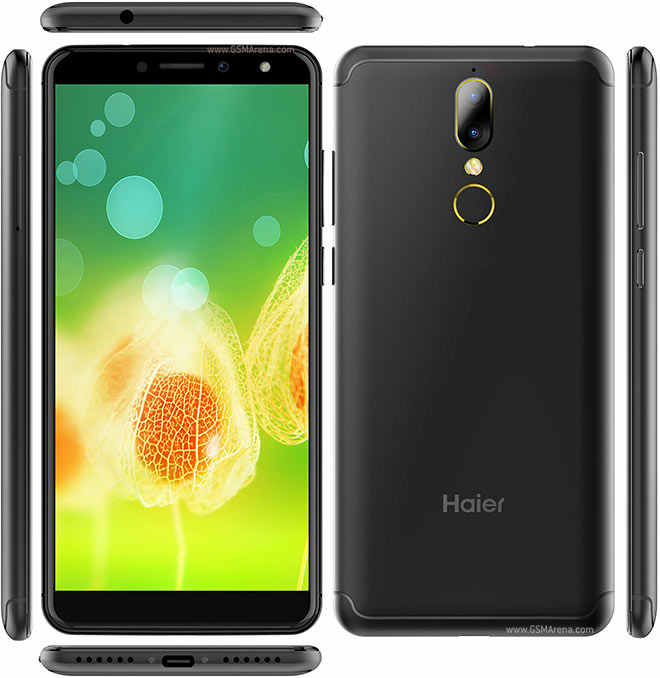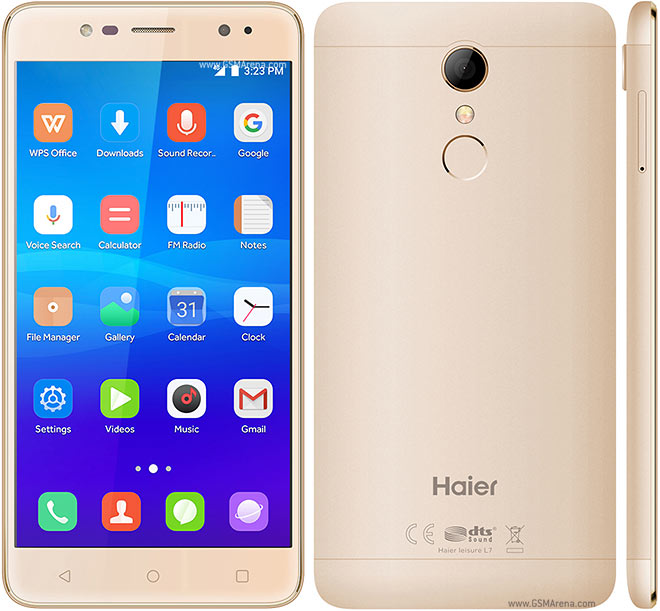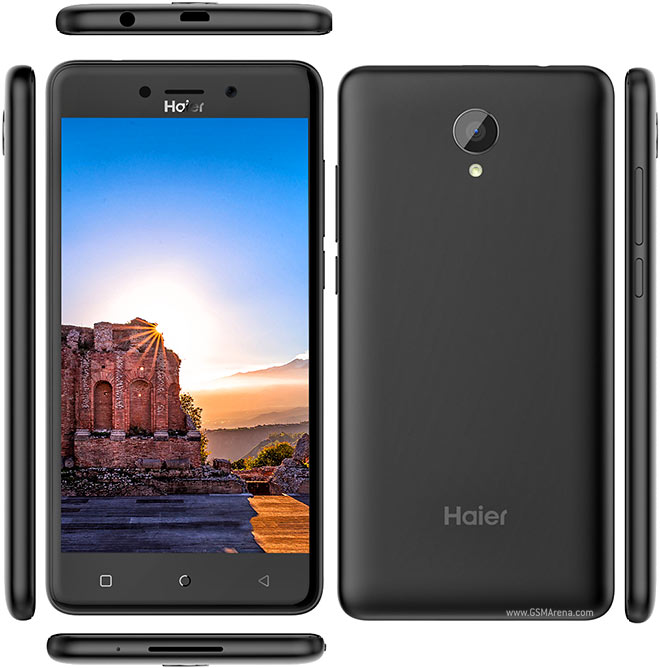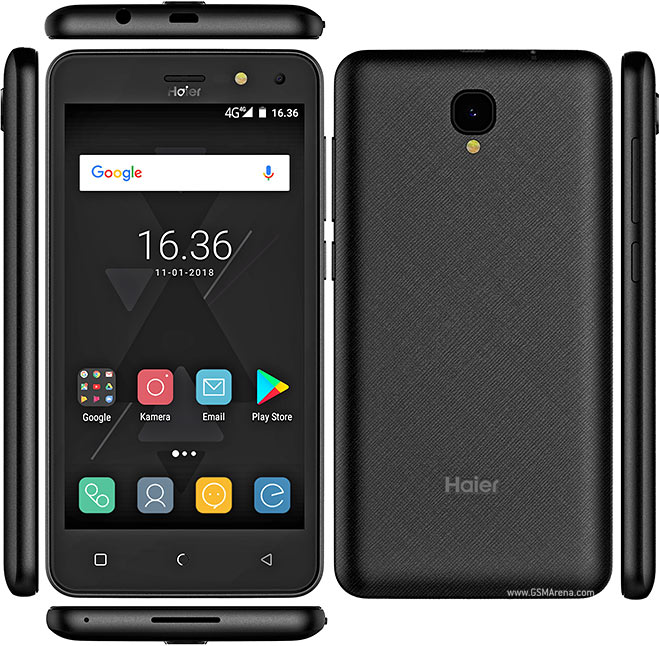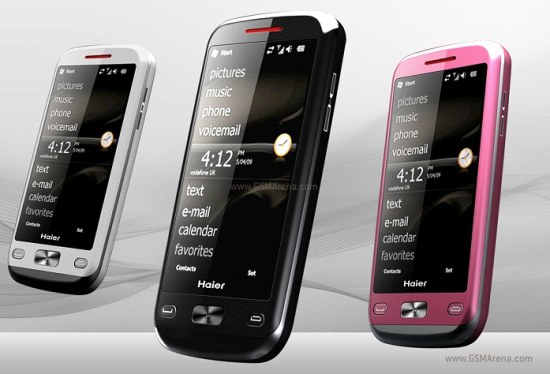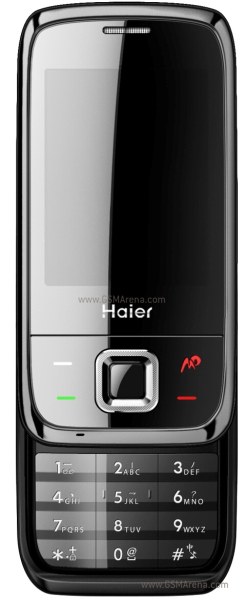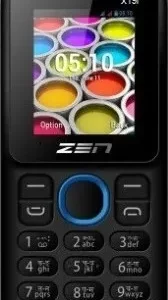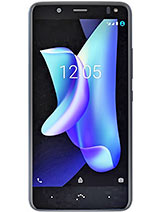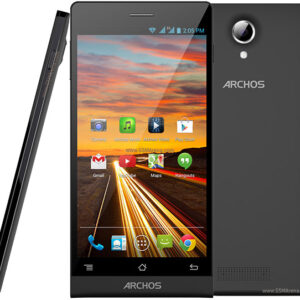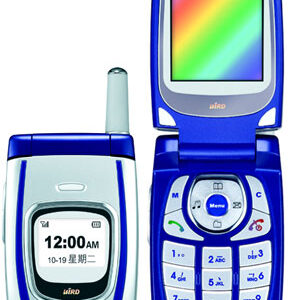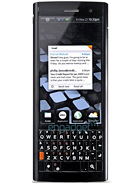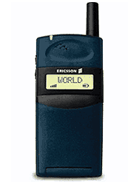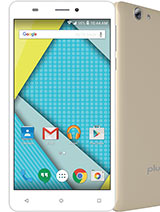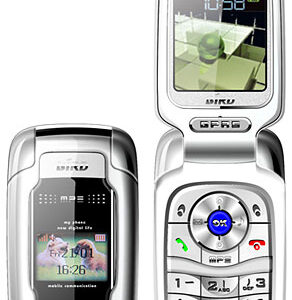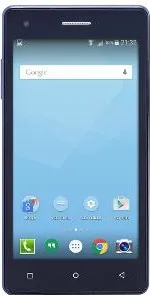Haier P7 Overall Review
The Haier P7, launched in Q4 2004, is a distinctive feature phone renowned for its slim pen-like design, which made it a novel choice among mobile users seeking portability and style. With a TFT display capable of showing 65K colors, it offered a vibrant interface for its time, albeit on a smaller screen size typical of early 2000s mobile phones.
This model came equipped with a modest 600 mAh battery, reflecting the period’s technology where lower power consumption was common due to the simpler tasks phones were used for. Storage was minimal, at just 3 MB, indicating its primary use for basic functions like contacts, SMS, and simple applications, without the capability for storing media or running complex apps.
The Haier P7’s design was its standout feature, appealing to users looking for a device that was both functional and fashion-forward. Its slim profile allowed for easy storage in a pocket or purse, making it an attractive option for on-the-go communication.
Haier P7 Pros and Cons
Pros:
- Unique, slim pen-like design for easy portability and style.
- TFT display with 65K colors provided a vibrant screen for its time.
- Simple user interface, catering to basic phone needs without complexity.
Cons:
- Very limited storage capacity at only 3 MB, restricting usage to essential functions.
- Small 600 mAh battery, which by modern standards would require frequent charging.
- Lacks modern features and connectivity options, reflecting its age as an early 2000s feature phone.
